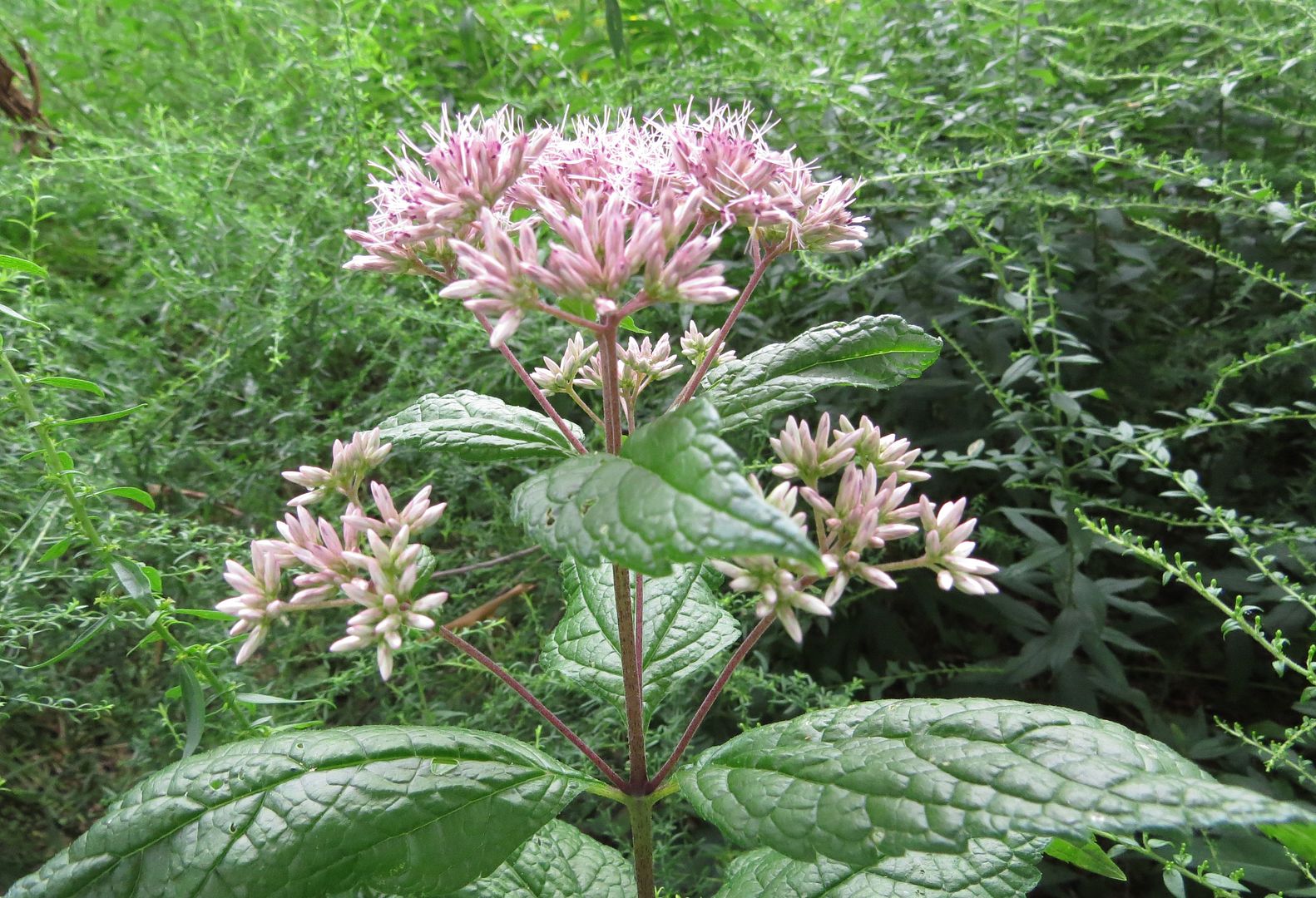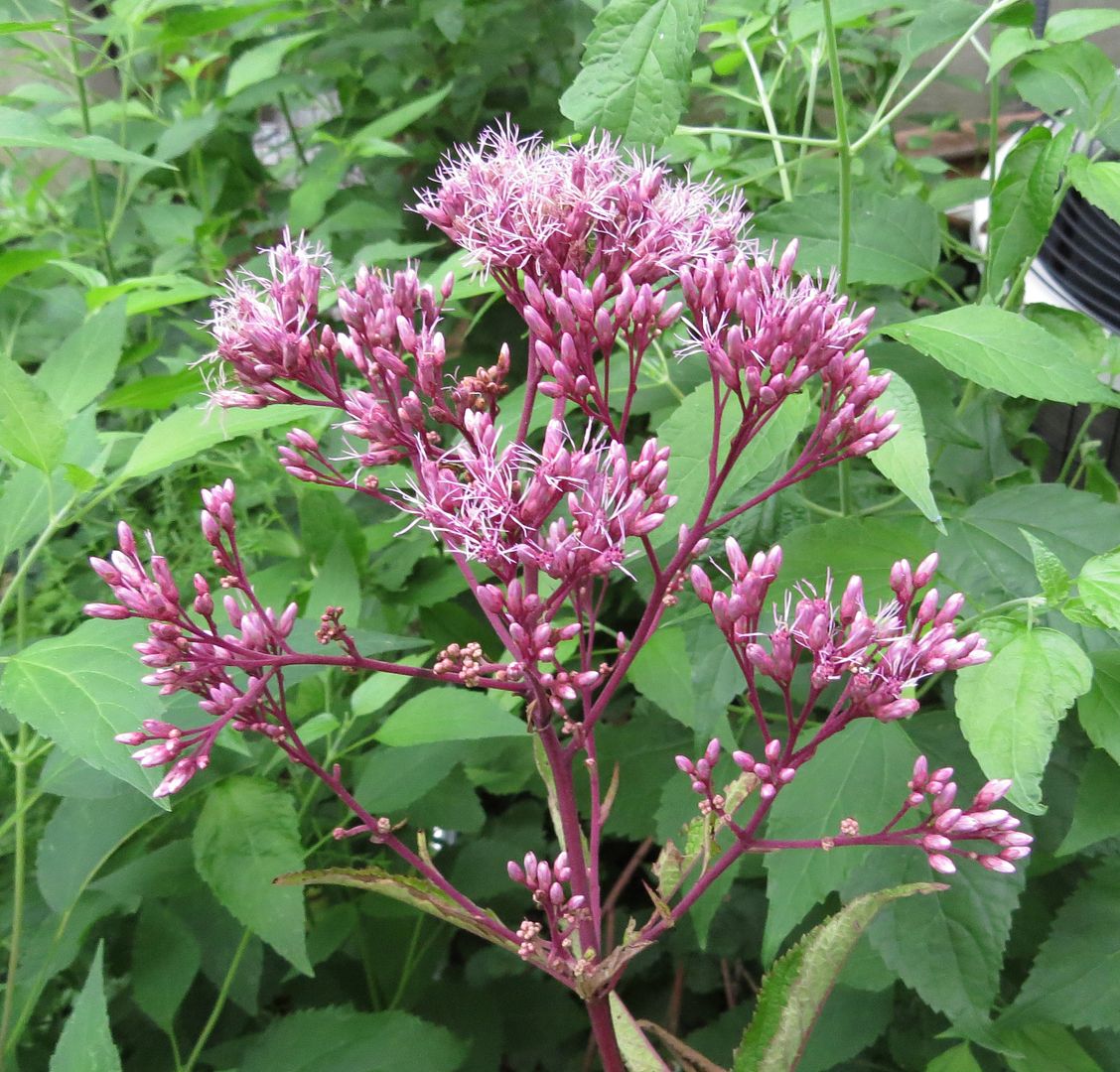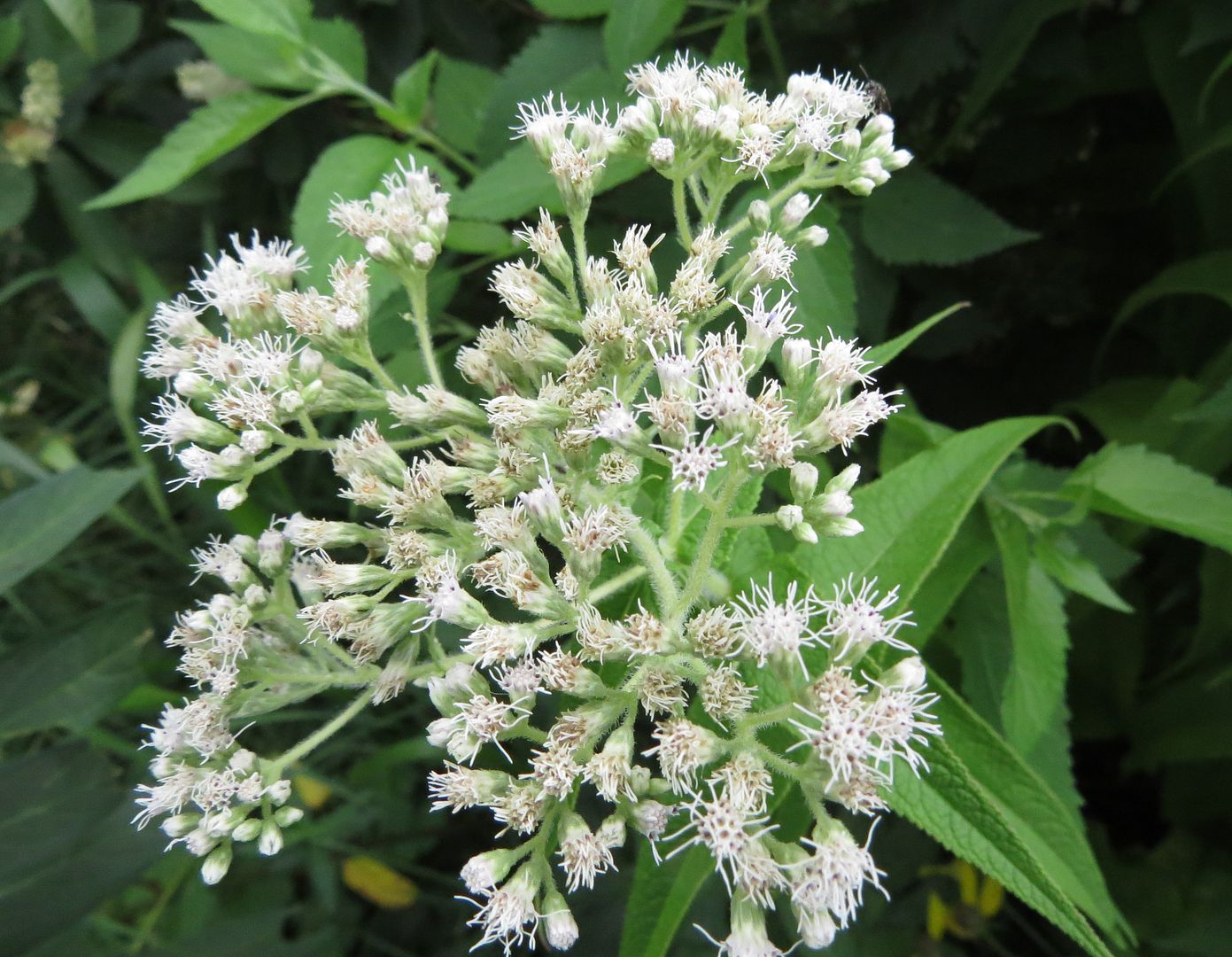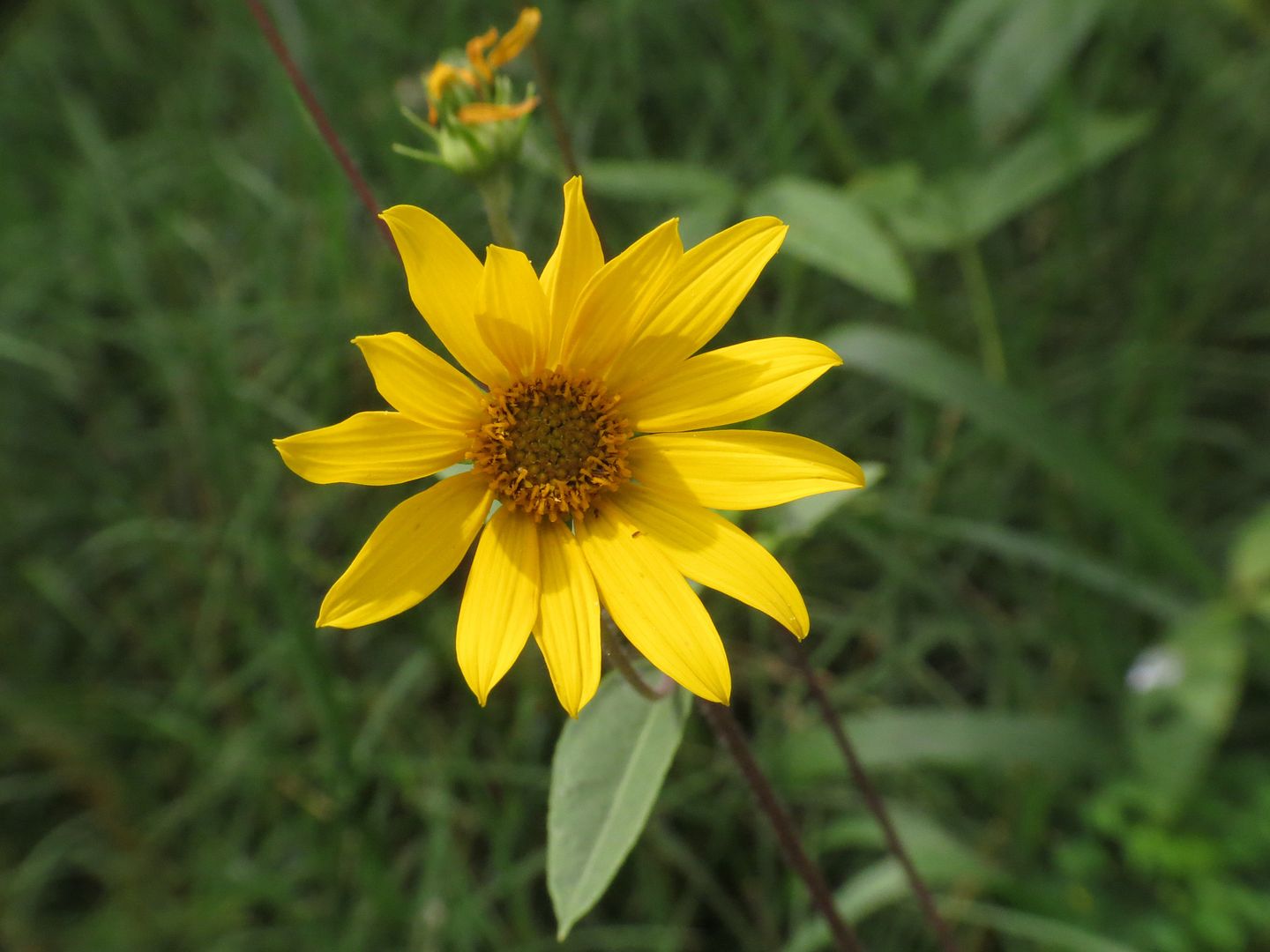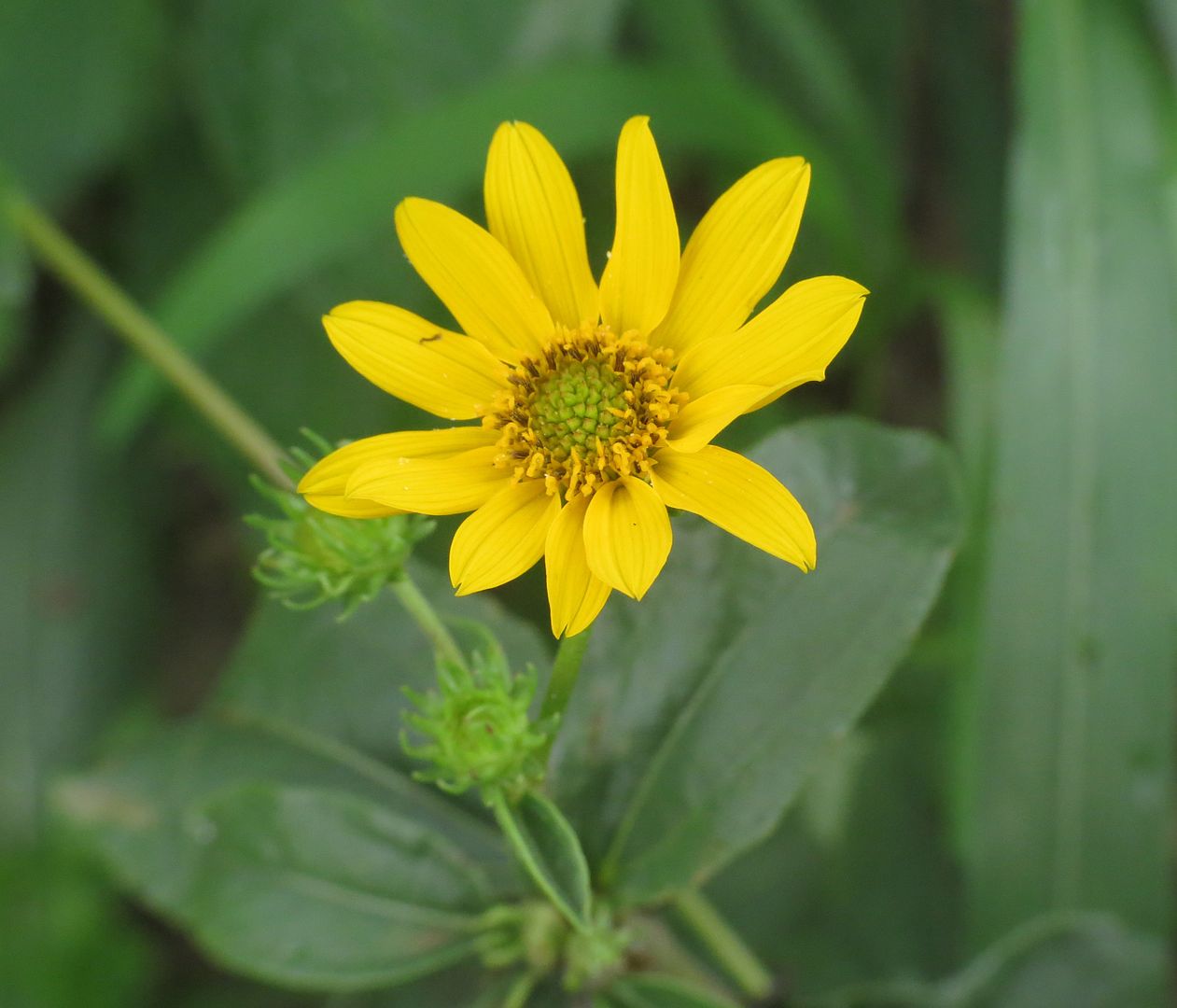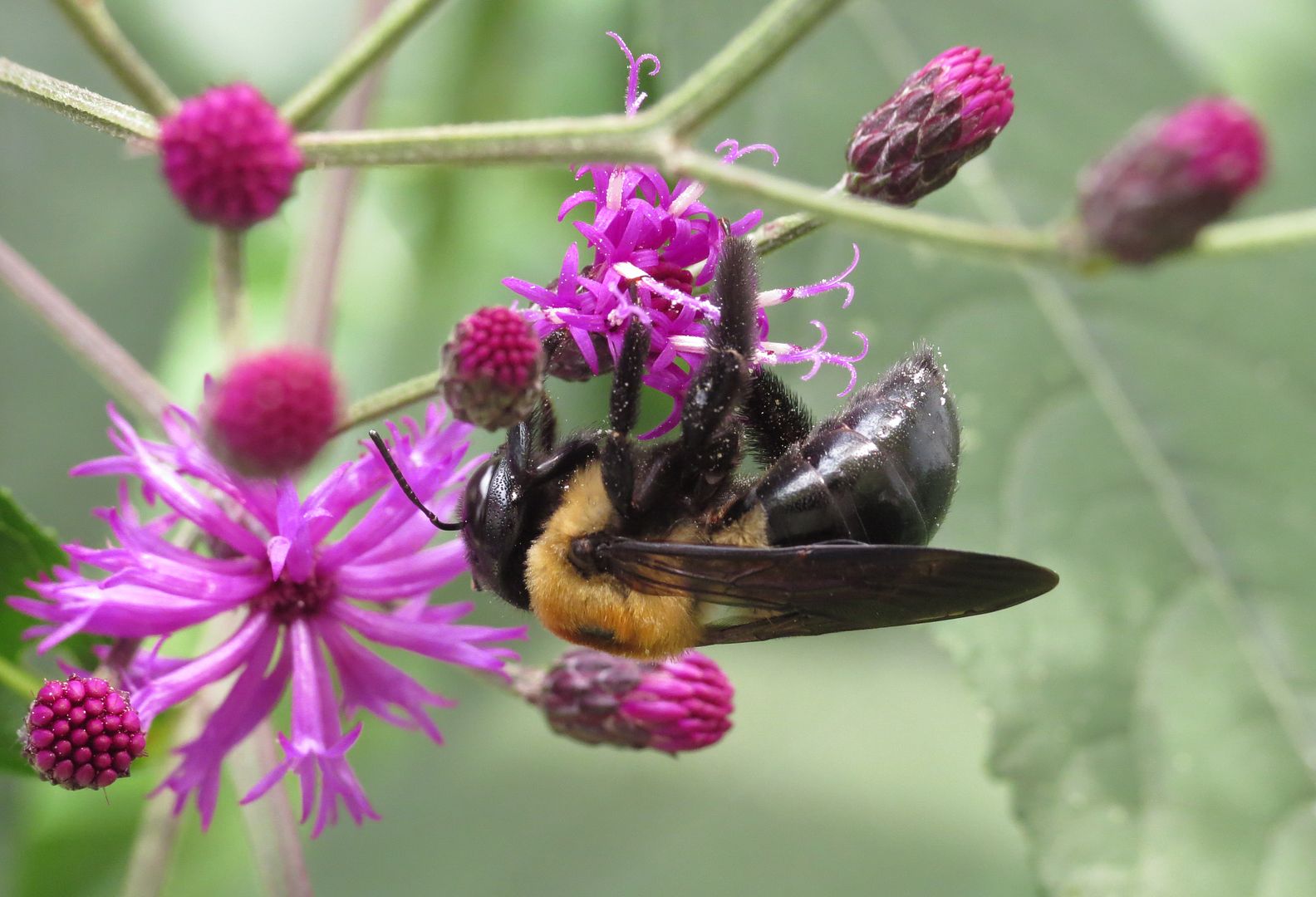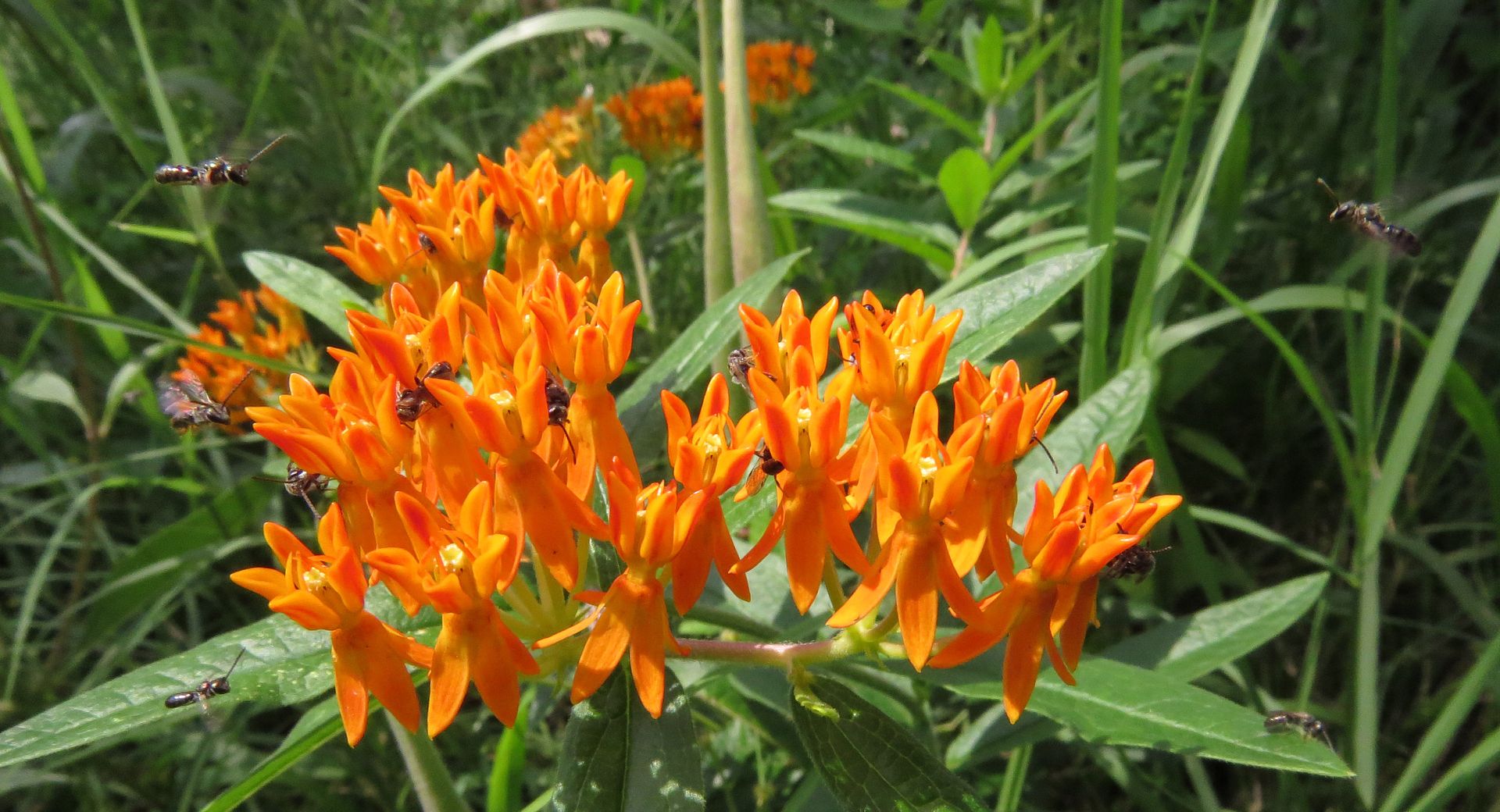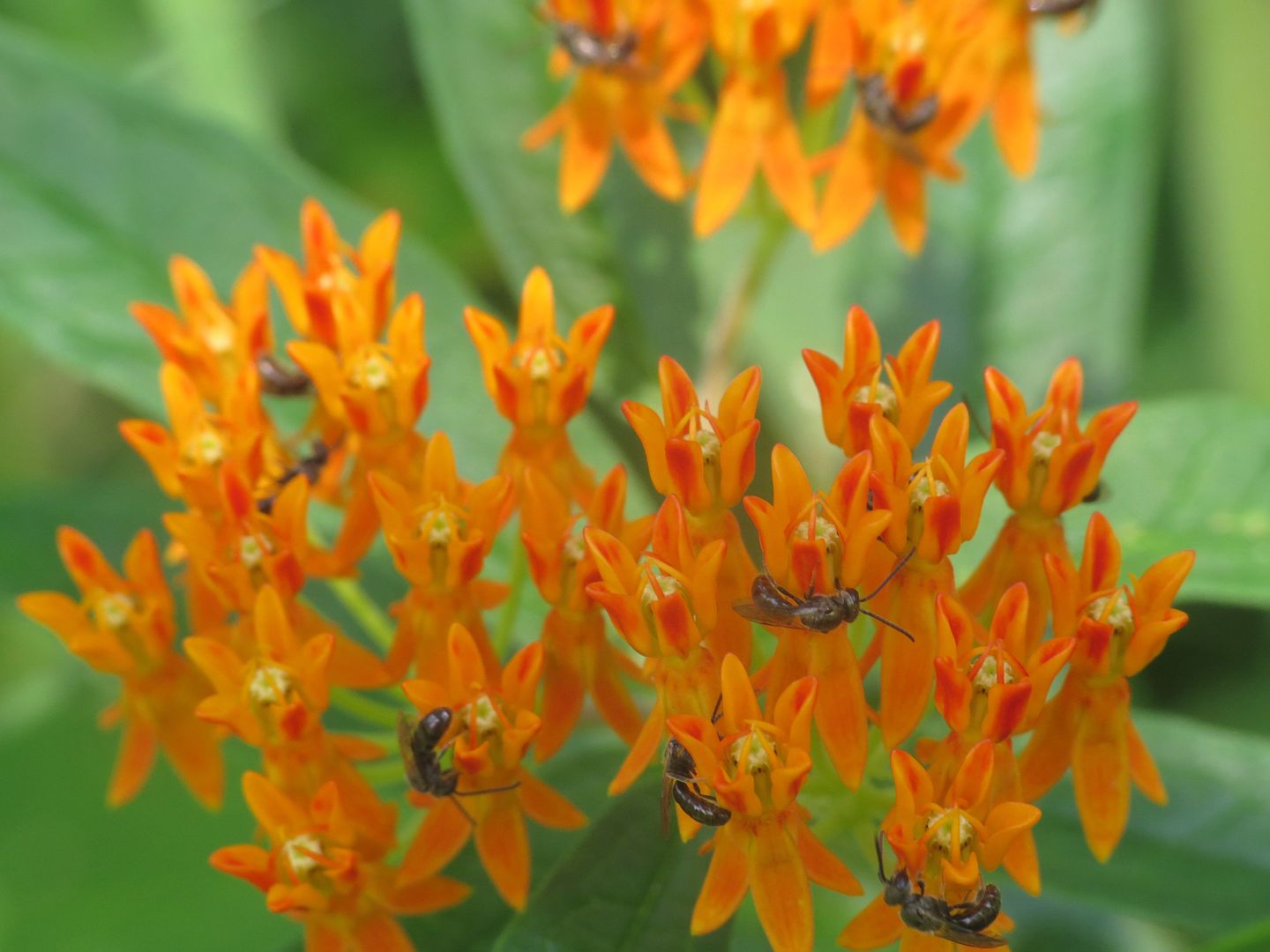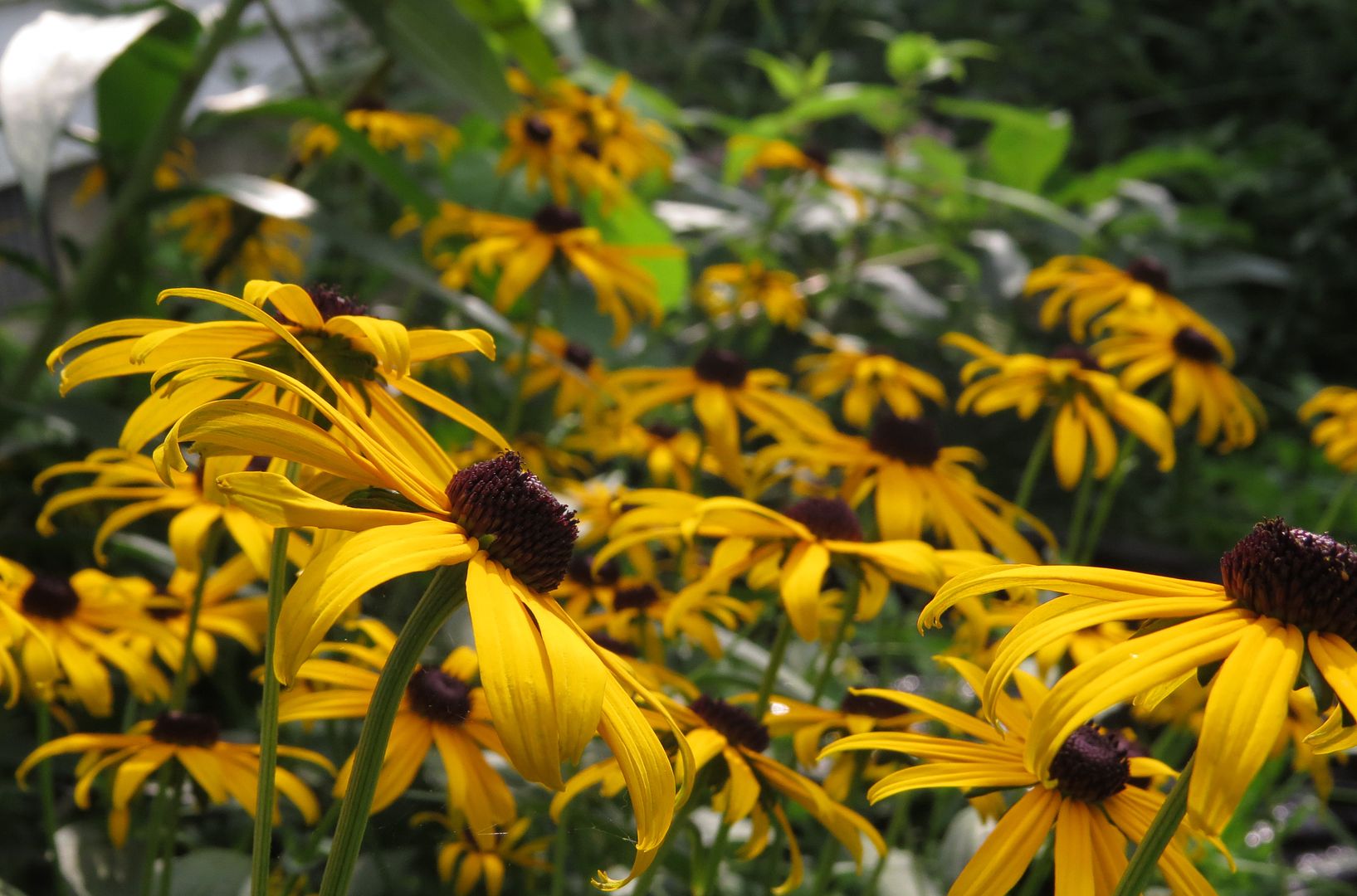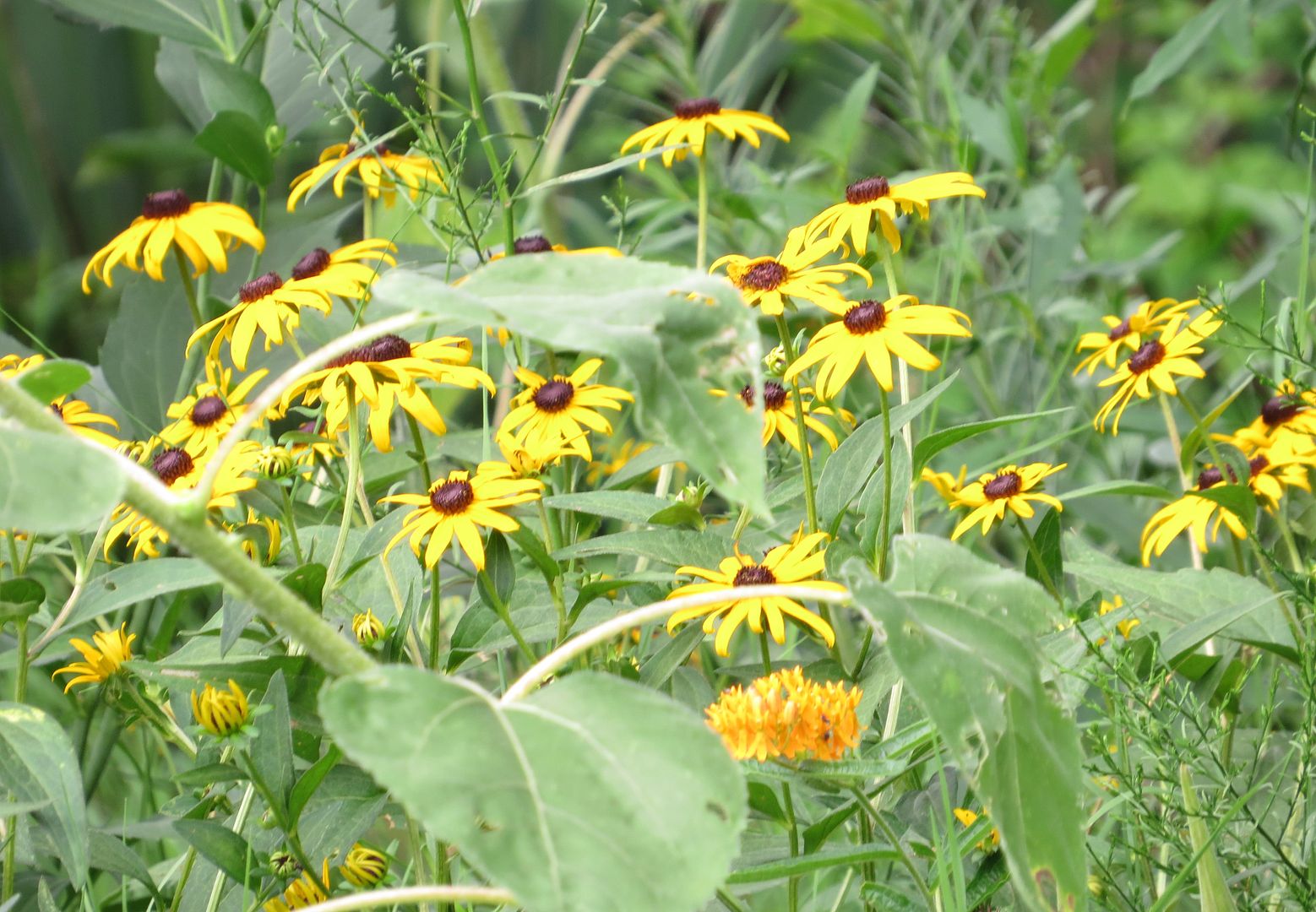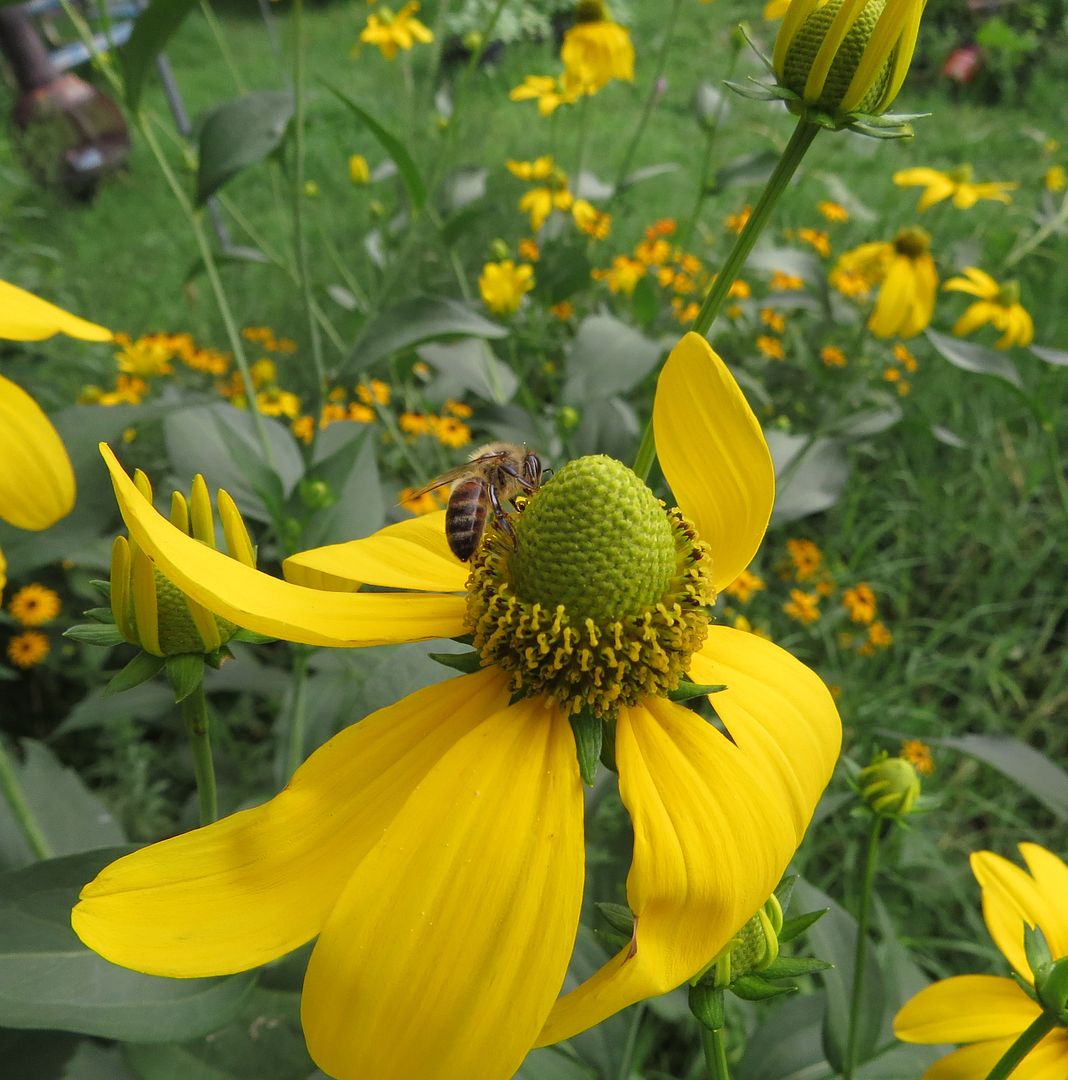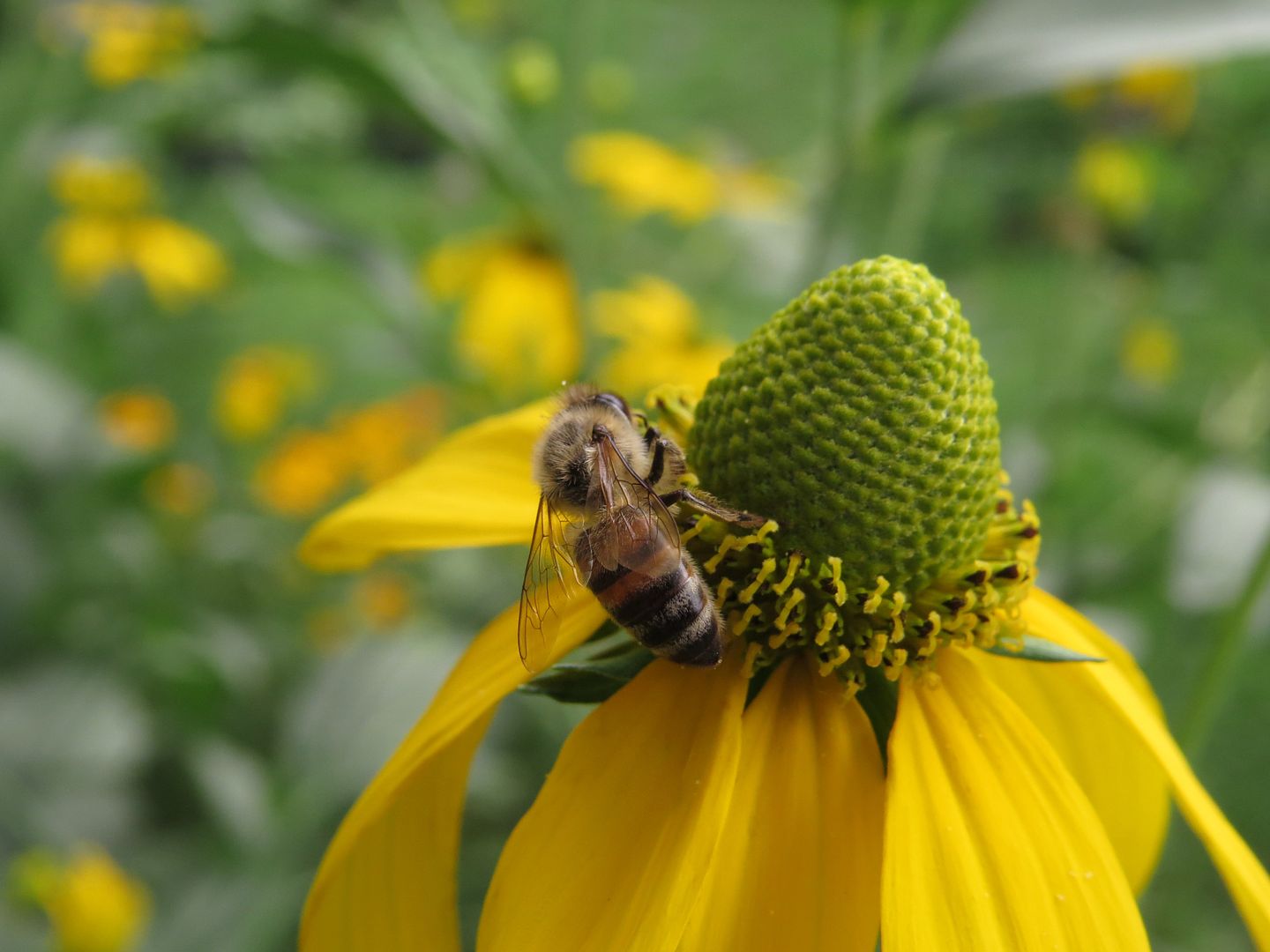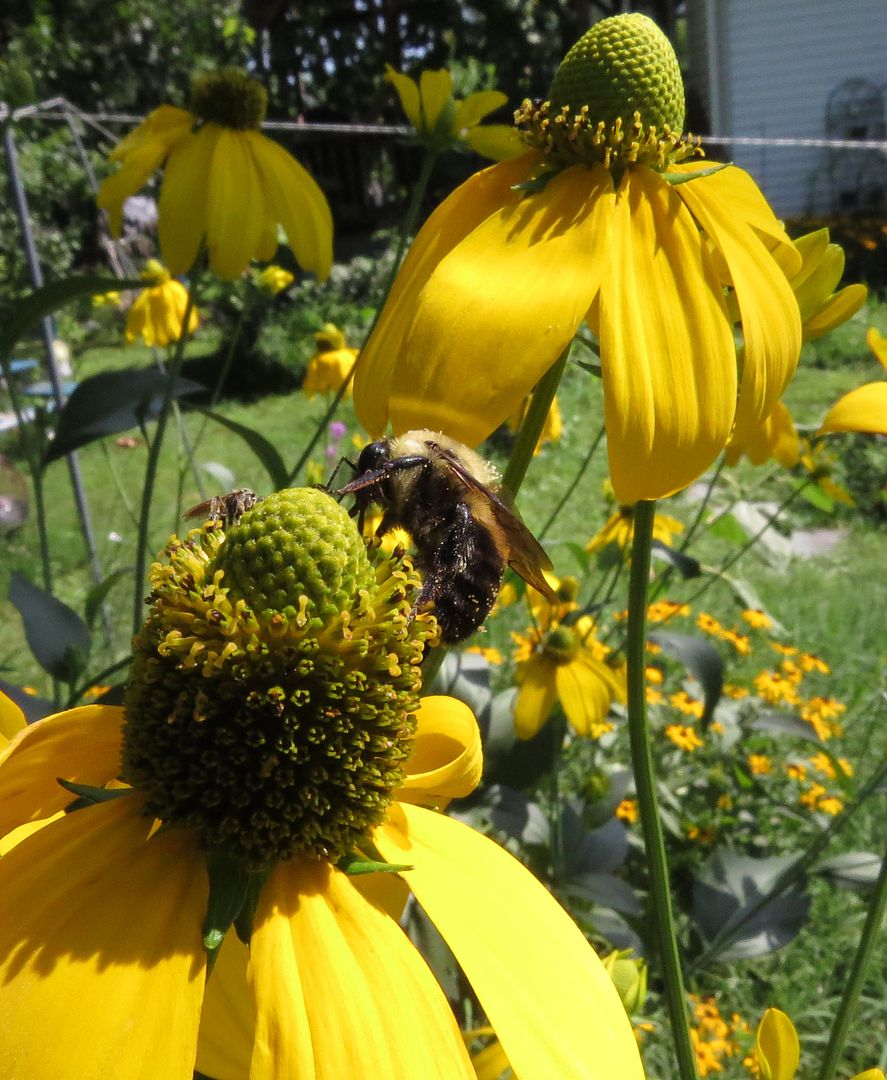So I've had to reformat my computer. An issue where Windows Explorer would keep crashing every 3 seconds at start up happened. I tried upgrading my operating system, but didn't have enough free memory for it. Naturally that means I have to delete some but I found that to be all but impossible to do without Windows Explorer working. So I click the "Format" button and then thought maybe I could try this other thing... Oh wait, nope, apparently Formating a computer takes all of one second to complete. You'd expect like two or three "Are you sure you want to leave your computer a blank slate and lose all your data?" warnings to pop up before that happens. Nope.
So I didn't really lose all that much. But I'm without Photoshop or an editing program at the moment. Also I had intended to put together another video of the Ant Together that happened earlier this year... I might have deleted all the video content for that... Oops.
So I have Windows 8 now. It's nice, but I had to google search how to shut down my computer because it doesn't have a start button in the lower left hand corner. (Turns out hovering the mouse over the lower right corner brings up the option.)
Tuesday, August 27, 2013
Saturday, August 17, 2013
Blooms of August
So my garden is probably at its peak bloom right now, as far as species diversity goes that is.
Sweet Joe Pye Weed, Eupatorium purpureum, is slightly more shade tolerant than I expected. It's still in a partial shade condition but also dryer than most of the Joe Pye Weeds I grow.
Spotted Joe Pye Weed, Eupatorium maculatum, is a new addition to the garden this year. Lower on the stem there are tiny spots which are lacking in other species, hence the name. I have it growing in a bit more shade than it can probably handle to I might have to move it.
Hollow Stem Joe Pye Weed, Eutrochium fistulosum, is sadly growing old. This is one of the tallest and more impressive species I have, but also one of the first natives I planted. The rhizome in the ground seems to be dying out in the middle, resulting in an uneven ring of stems emerging from the ground each year. I may need to divide it up next year.
Common Boneset, Eupatorium perfoliatum, is another new plant for the garden. My yard has an abundance of Boneset but not this species. Unlike the ones that grow wild in my yard, this species actually gets a fair amount of bee attention.
Giant Blue Lobelia, Lobelia cardinalis. Normally I stay away from "hummingbird plants" but I was stricken by how adorable bees look when they try to work the flowers enough to give it a try. Lobelias regardless of the species, all tend to be short lived plants so it's important to let them set seed each year.
Liatris pycnostachya and Liatris spicata are both blooming out in the meadow. This is an image of L. spicata which tends to shade a hue or two brighter with slightly paler leaves, while L. pycnostachya is more magenta-like. Honestly though I can't tell either apart all that well.
Anise Hyssop, and a bumblebee I caught mid flight with my new camera. Coneflowers, Liatris, Black Eyed Susan, and Rudbeckia laciniata are all flowering in the background.
Western Sunflower, Helianthus occidentalis, was a fun addition this year. All the green growth is at the base of the plant with relatively few leaves occurring on their red stems which part a few times to sport a flower atop of each tip. The flowers are otherwise average in size given the genus.
Appalachian Sunflower (becuase Purple Disk Sunflower so far doesn't make any sense) Helianthus atrorubens, grows in much the same with but with more leaves hugging the green stem. Leaves are also fleshier and thicker looking. The flowers are fairly similar to Western Sunflowers in size and appearance.
Maximilian Sunflower, Helianthus maximiliani, has also just started to bloom. It's a much taller plant, much more aggressive (though less so than any goldenrod with new stems occurring closer to the parent plant) and with flowers that are two to three times bigger.
Ironweed, Vernonia sp. I have a bunch of species of this. The biggest one blooming now I acquired on accident thanks to a nursery mix up, so I'm not 100% on the species.
Sweet Joe Pye Weed, Eupatorium purpureum, is slightly more shade tolerant than I expected. It's still in a partial shade condition but also dryer than most of the Joe Pye Weeds I grow.
Spotted Joe Pye Weed, Eupatorium maculatum, is a new addition to the garden this year. Lower on the stem there are tiny spots which are lacking in other species, hence the name. I have it growing in a bit more shade than it can probably handle to I might have to move it.
Hollow Stem Joe Pye Weed, Eutrochium fistulosum, is sadly growing old. This is one of the tallest and more impressive species I have, but also one of the first natives I planted. The rhizome in the ground seems to be dying out in the middle, resulting in an uneven ring of stems emerging from the ground each year. I may need to divide it up next year.
Common Boneset, Eupatorium perfoliatum, is another new plant for the garden. My yard has an abundance of Boneset but not this species. Unlike the ones that grow wild in my yard, this species actually gets a fair amount of bee attention.
Giant Blue Lobelia, Lobelia cardinalis. Normally I stay away from "hummingbird plants" but I was stricken by how adorable bees look when they try to work the flowers enough to give it a try. Lobelias regardless of the species, all tend to be short lived plants so it's important to let them set seed each year.
Liatris pycnostachya and Liatris spicata are both blooming out in the meadow. This is an image of L. spicata which tends to shade a hue or two brighter with slightly paler leaves, while L. pycnostachya is more magenta-like. Honestly though I can't tell either apart all that well.
Anise Hyssop, and a bumblebee I caught mid flight with my new camera. Coneflowers, Liatris, Black Eyed Susan, and Rudbeckia laciniata are all flowering in the background.
Western Sunflower, Helianthus occidentalis, was a fun addition this year. All the green growth is at the base of the plant with relatively few leaves occurring on their red stems which part a few times to sport a flower atop of each tip. The flowers are otherwise average in size given the genus.
Appalachian Sunflower (becuase Purple Disk Sunflower so far doesn't make any sense) Helianthus atrorubens, grows in much the same with but with more leaves hugging the green stem. Leaves are also fleshier and thicker looking. The flowers are fairly similar to Western Sunflowers in size and appearance.
Maximilian Sunflower, Helianthus maximiliani, has also just started to bloom. It's a much taller plant, much more aggressive (though less so than any goldenrod with new stems occurring closer to the parent plant) and with flowers that are two to three times bigger.
Ironweed, Vernonia sp. I have a bunch of species of this. The biggest one blooming now I acquired on accident thanks to a nursery mix up, so I'm not 100% on the species.
Friday, August 9, 2013
A Swarm of Sweat Bees.
Droves of Sweat Bees, Lasioglossum sp. have been swarming over the Butterfly Weed the past week.
I'm told these are pretty much all males to some species which all hang out on certain plants waiting for females to swing by. The result is dozens of male bees all pollinating a single flower, last year they were absolutely crawling over the Swamp Milkweed, Asclepias incarnata. And they're doing this to the point where I don't see any other type of bee working this plant now.
Apparently this family of bees is very hard to identify to species level.
I'm told these are pretty much all males to some species which all hang out on certain plants waiting for females to swing by. The result is dozens of male bees all pollinating a single flower, last year they were absolutely crawling over the Swamp Milkweed, Asclepias incarnata. And they're doing this to the point where I don't see any other type of bee working this plant now.
Apparently this family of bees is very hard to identify to species level.
Thursday, August 1, 2013
A Rudbeckia that Honeybees Like
I finally found a Rudbeckia that Honeybees like!
And it's not this one!
The common Black Eyed Susan is one of the most recognizable of our native wildflowers. Seeds are sold in kits, they're available at practically every nursery, and it's even fairly common growing along roadsides. The two main species, Rudbeckia hirta and Rudbeckia fulgida, are simply annuals and perennials, and short lived perennials at that. Patches of these wildflowers are only maintained by the fact that they're great at seeding themselves around each year on patches of bare soil. The seeds germinate in the first autumn or spring they experience and quickly build up energy to start flowering a one to three years later.
For the most part they're pollinated by tiny bees, hover flies and almost nothing else. As far as pollinator plants go they're pretty boring. I believe it has to do with the fact that they're short lived. Rudbeckia subtomentosa is a longer lived perennial falling somewhere in the middle between the two species above and the one I'd like to focus on below.
Rudbeckia laciniata, is a perennial species that spreads by rhizomes to form a dense clump.
Much to my surprise this one plant is getting more honeybee attention than the patch of Cup Plants, Silphium perfoliatum, which is eight times bigger, twice, as high, and covered in flowers.
Bumblebees and other pollinators don't draw the distinction between the two plants, in fact I'm seeing one of the best bumblebee years ever. My plants are all loaded with bumblebees.
Other pollinators too seem to be very abundant this year.
The Rudbeckia laciniata is attracting quite a bit more diversity too than either the other Rudbeckia speices, or Cup Plants.
And it's not this one!
The common Black Eyed Susan is one of the most recognizable of our native wildflowers. Seeds are sold in kits, they're available at practically every nursery, and it's even fairly common growing along roadsides. The two main species, Rudbeckia hirta and Rudbeckia fulgida, are simply annuals and perennials, and short lived perennials at that. Patches of these wildflowers are only maintained by the fact that they're great at seeding themselves around each year on patches of bare soil. The seeds germinate in the first autumn or spring they experience and quickly build up energy to start flowering a one to three years later.
For the most part they're pollinated by tiny bees, hover flies and almost nothing else. As far as pollinator plants go they're pretty boring. I believe it has to do with the fact that they're short lived. Rudbeckia subtomentosa is a longer lived perennial falling somewhere in the middle between the two species above and the one I'd like to focus on below.
Rudbeckia laciniata, is a perennial species that spreads by rhizomes to form a dense clump.
Much to my surprise this one plant is getting more honeybee attention than the patch of Cup Plants, Silphium perfoliatum, which is eight times bigger, twice, as high, and covered in flowers.
Bumblebees and other pollinators don't draw the distinction between the two plants, in fact I'm seeing one of the best bumblebee years ever. My plants are all loaded with bumblebees.
Other pollinators too seem to be very abundant this year.
The Rudbeckia laciniata is attracting quite a bit more diversity too than either the other Rudbeckia speices, or Cup Plants.
Subscribe to:
Posts (Atom)
